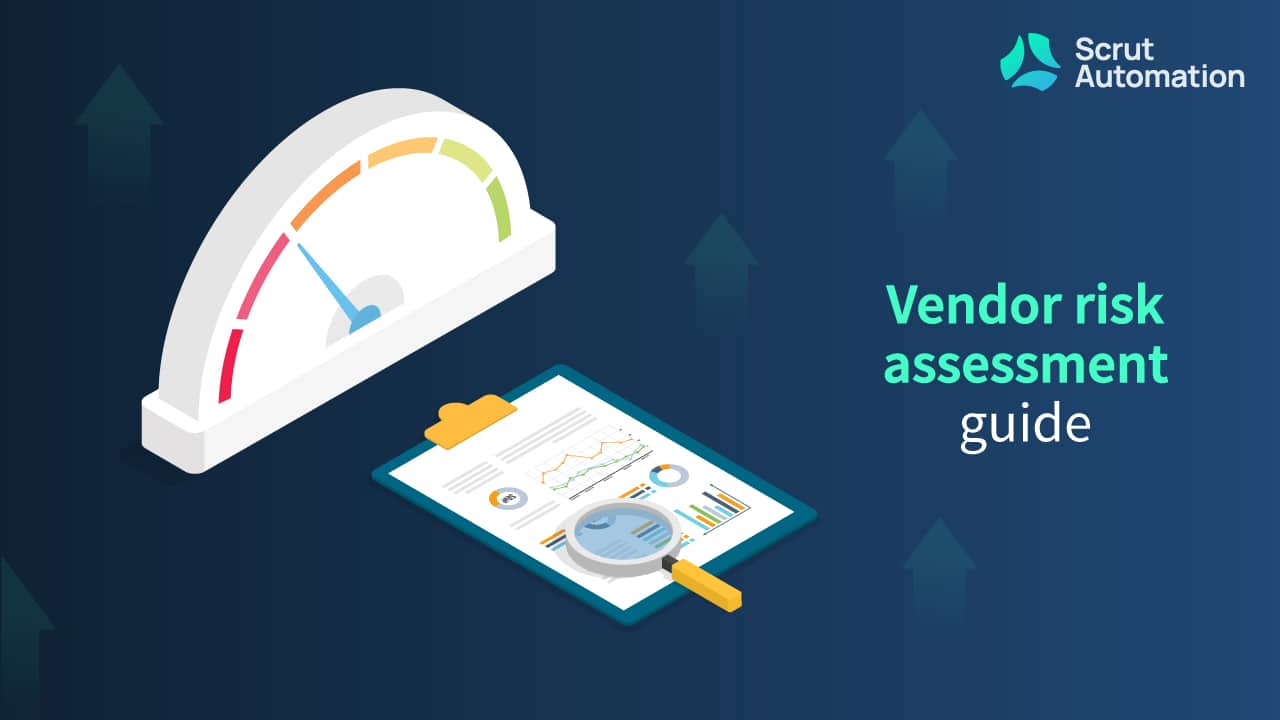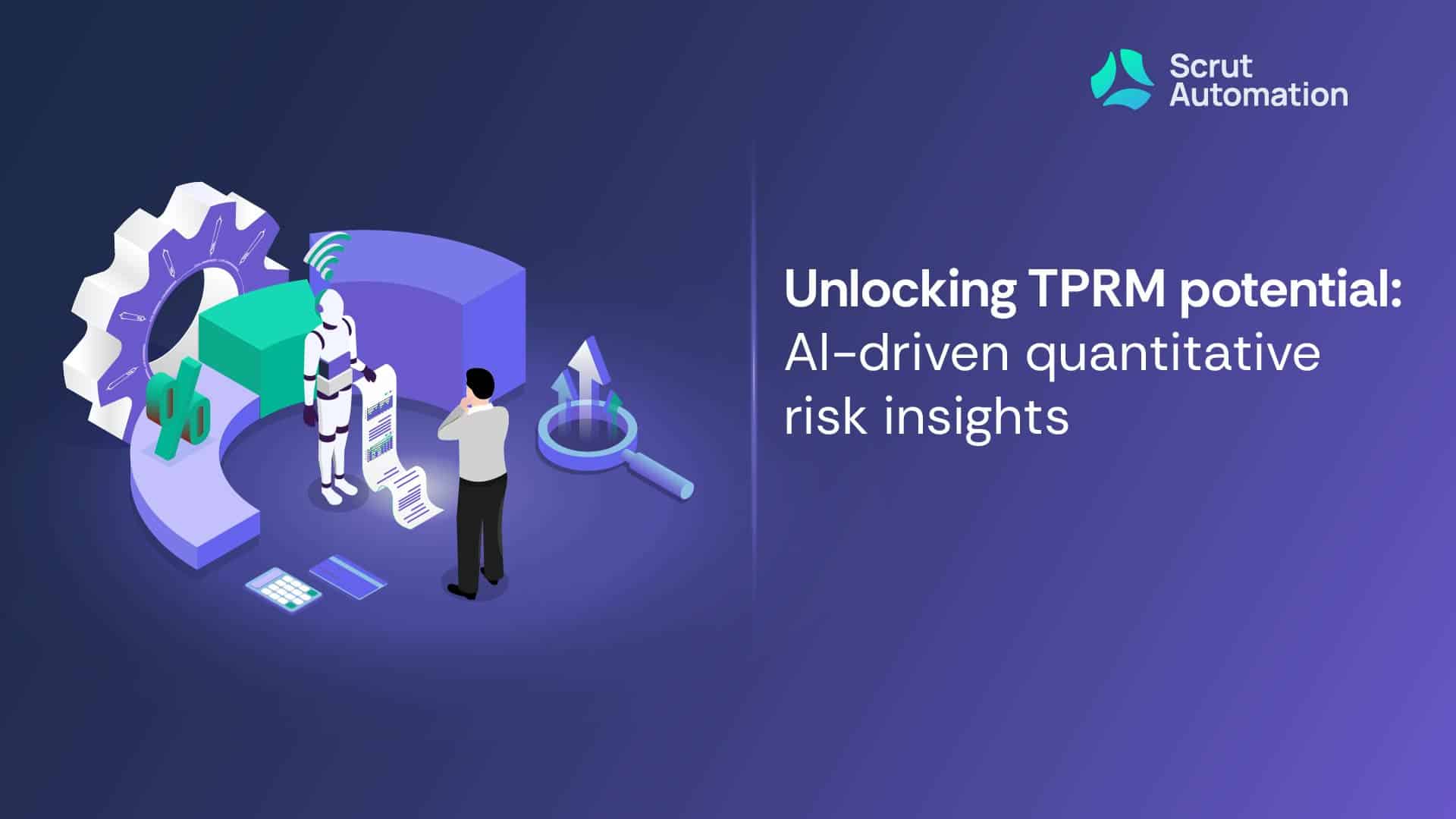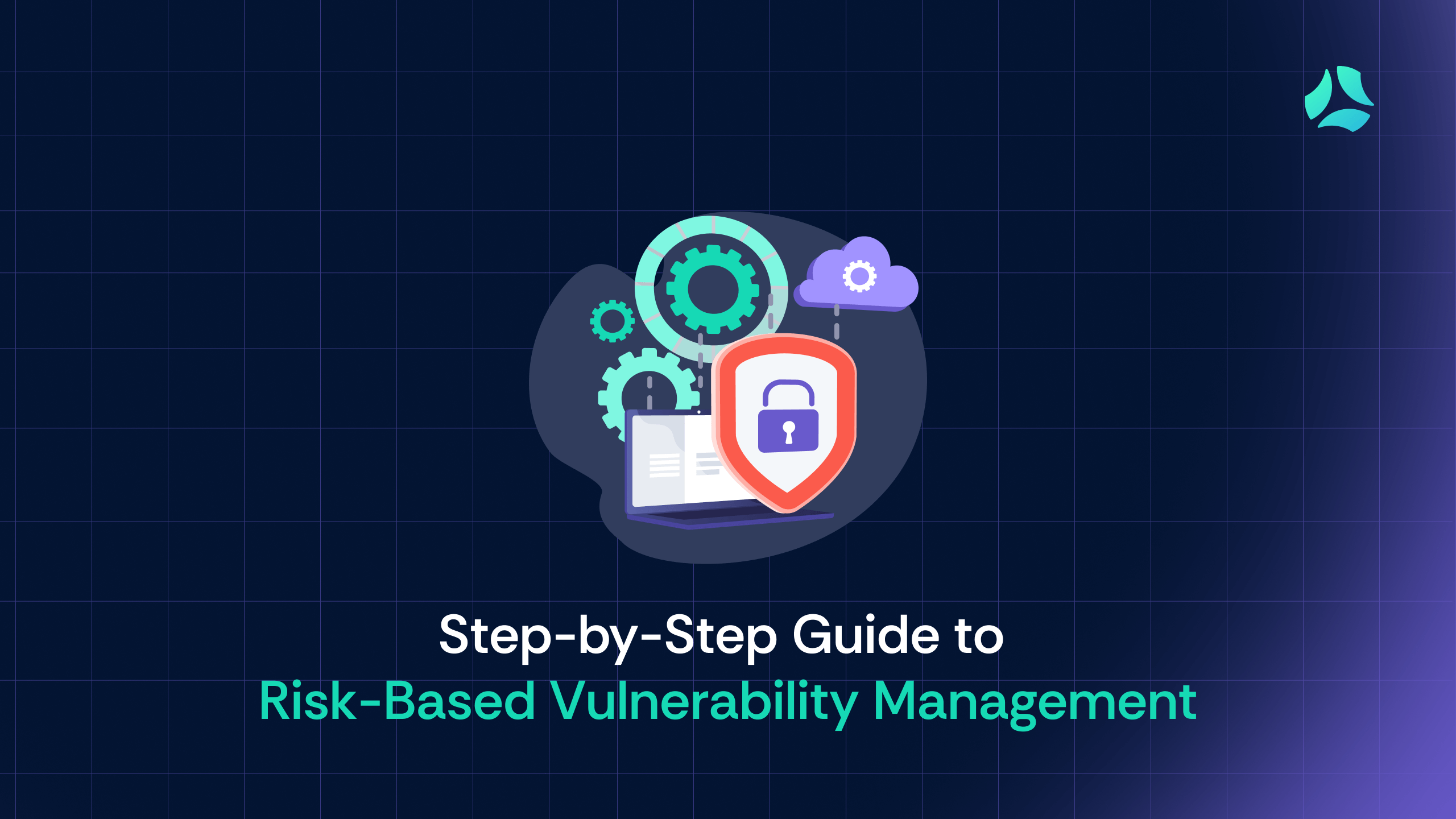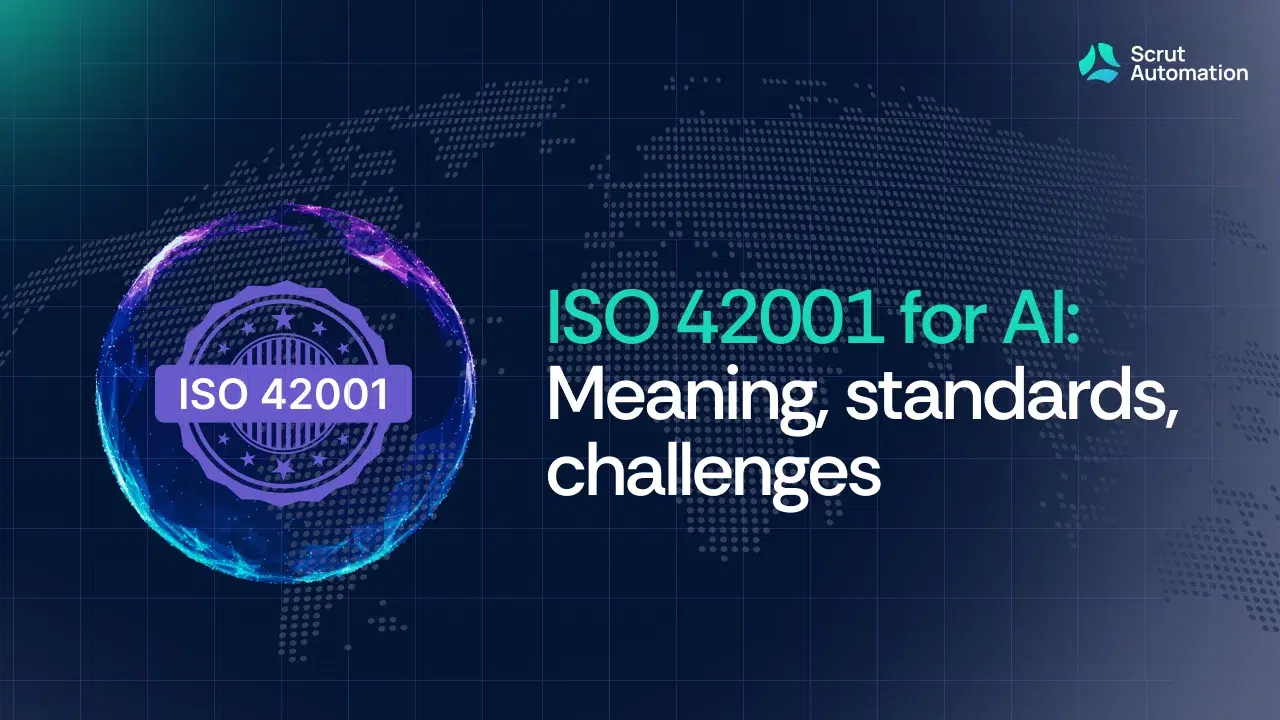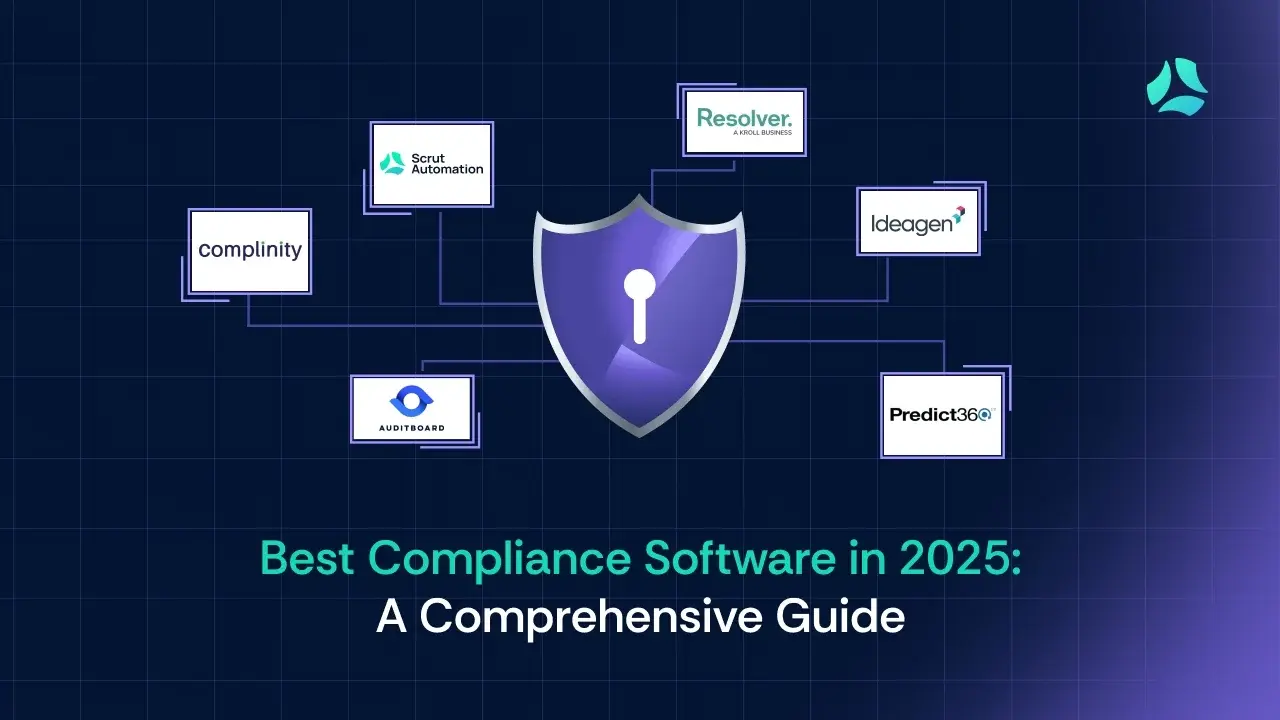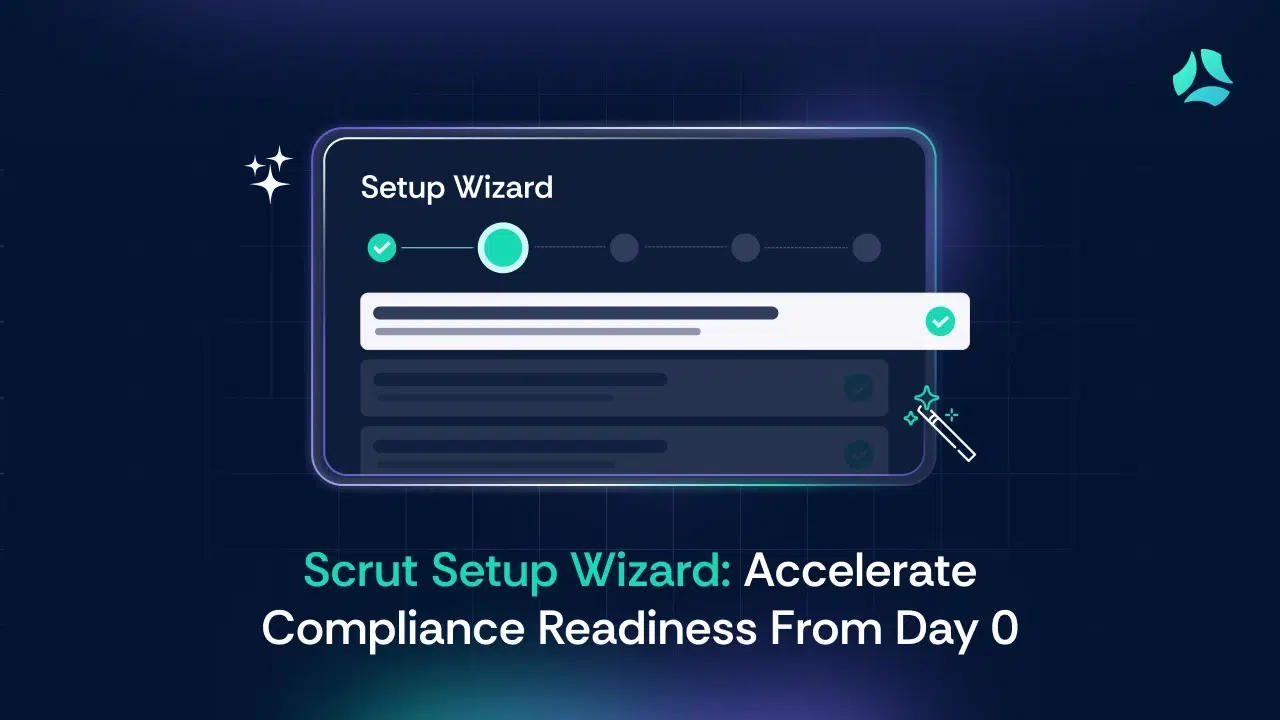Back in 2013, Target, one of America’s biggest retailers, suffered a harrowing data breach. Its hackers got away with 41 million credit and debit records and 70 million customer records.
The reason for the breach: Their third-party HVAC company fell for a phishing email.
To avoid a similar fate, vendor risk management should be a vital part of an organization’s security strategy.
Since most organizations today rely on external vendors to fulfill various operational needs, vendor risk assessment is non-negotiable when it comes to managing vendor risks.
In this blog, we will explain what vendor risk assessment is, highlight its importance, and provide eight key steps to perform an effective assessment.
What is vendor risk assessment?
Vendor risk assessment is the systematic process of identifying and evaluating the potential risks associated with engaging third-party vendors.
It involves identifying and analyzing vulnerabilities within vendor relationships and measuring their potential impact on the organization.
The assessment is carried out by evaluating the vendor’s security controls, values, goals, policies, procedures, and other relevant factors. Vendors are typically made to fill out a vendor risk assessment questionnaire that requires them to share information about their security controls.
Why is Vendor Risk Assessment Important?
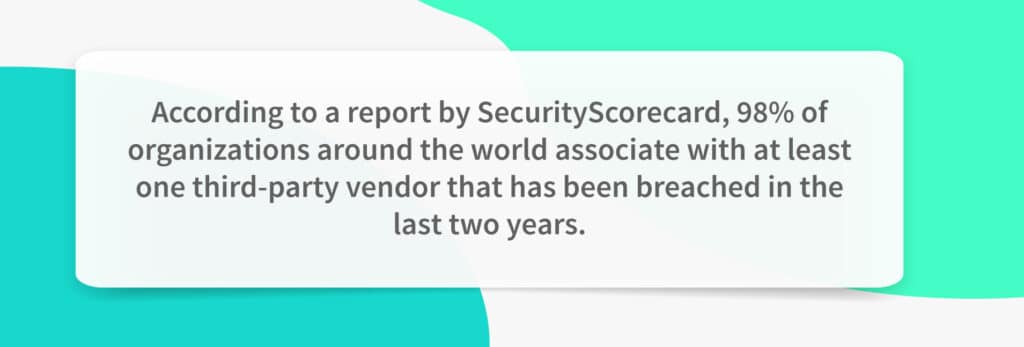
Major security incidents such as the SolarWinds attack and Colonial Pipeline attack, which were major supply chain breaches, call attention to the need for vendor risk assessment.
Here are some reasons why it is important for an organization to perform a thorough vendor risk assessment.
Prevents data breaches
Vendors are potential entry points for cybercriminals since they often have access to sensitive data or critical systems.
Performing a thorough risk assessment enables organizations to identify vulnerabilities in the vendor’s security posture and assess their data protection measures. This helps in determining if the vendor is likely to pose risks to the organization’s security.
Reduces operational risks
Vendor risk assessment allows organizations to evaluate the capabilities, performance history, and business continuity plans of their vendors. This reduces the likelihood of operational interruptions caused by the inefficiency of service providers.
Promotes compliance
It is mandatory for organizations to comply with regulatory frameworks, industry standards, and data protection laws. Associating with vendors who do not adhere to these requirements can result in severe legal and financial consequences.
Performing vendor risk assessments helps in evaluating the compliance posture of vendors, enabling organizations to choose partners that align with their regulatory obligations.
Protects reputation
If your vendors engage in unethical practices, suffer from frequent breaches, or fail to meet quality standards, your organization will be guilty by association. Unethical or negligent vendors can damage your company’s reputation.
Vendor risk assessment helps evaluate the reputation, stability, and past performance of your vendors, which ensures the protection of your organization’s reputation.
How to perform vendor risk assessment?
It is important for organizations to conduct vendor risk assessment before engaging with any third-party vendor. This assessment serves as a crucial step to evaluate potential risks associated with the vendor. Only after a thorough assessment and approval can the vendor be considered safe to work with.
Here are five key steps involved in a thorough vendor risk assessment.
1. Identify the typical risks associated with vendors
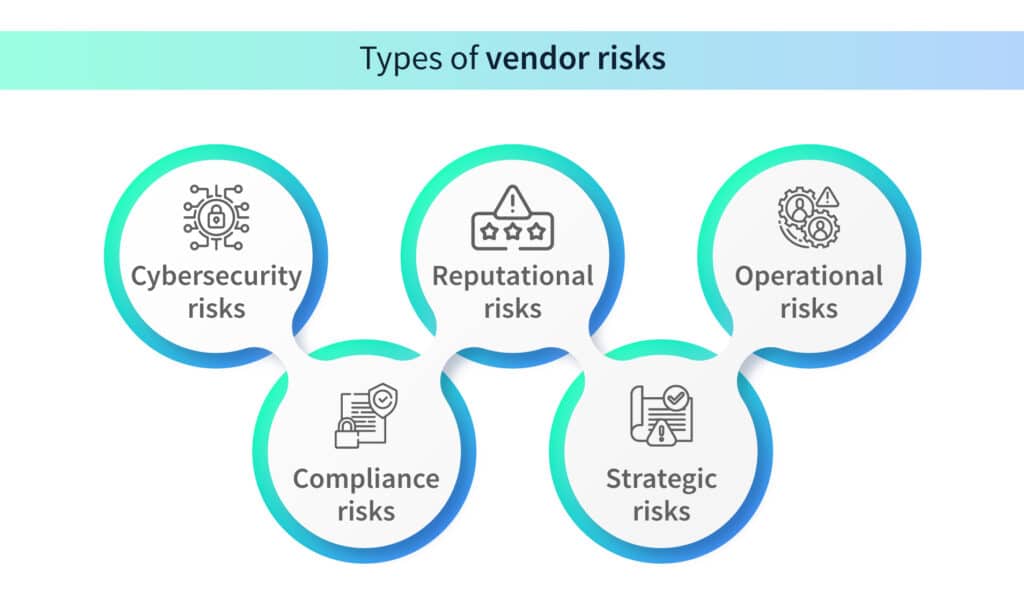
Before diving into the evaluation process, it is important to identify the different risks that could arise when entering into a business agreement with a vendor. It’s crucial to cover all your bases and have a clear understanding of the potential risks associated with different kinds of vendors. Here is a list of the most common vendor risks.
Cybersecurity risks
If any one of your vendors does not enforce adequate cybersecurity measures, your organization becomes vulnerable to cyber-attacks. Vendors who pose cybersecurity risks may have vulnerabilities in their systems, possess inadequate access controls, and enforce weak security practices and data protection measures.
Compliance risks
If your organization engages a vendor that does not comply with laws, regulations, or industry standards, it becomes vulnerable to compliance risks. This could result in your organization being slapped with legal consequences, reputational damage, or financial penalties.
Reputational risks
Vendors with a bad reputation either due to poor security or unethical practices will ruin your organization’s reputation if you engage them. It is important to thoroughly assess the history of vendors before doing business with them.
Additionally, if the vendor suffers a cybersecurity attack, their reputation will be damaged and in turn the reputation of the organization will be dented.
Strategic risks
If a vendor’s strategies clash with the objectives of your organization, it could stand in the way of your business goals. For instance, if they launch a product that competes with your product, it negatively impacts your sales.
Operational risks/business continuity risks
Inefficient vendors could hamper the operations of your business. If they fail to deliver their product or service on time, your organization’s productivity will suffer.
2. Create a vendor risk assessment questionnaire
Getting your vendors to fill out a questionnaire that requires them to detail their security measures helps assess the risk they pose to your organization. The questions should focus on areas such as data security, compliance, financial stability, reputation, and IT infrastructure.
Here are some examples of questions that could be included in a vendor risk assessment questionnaire.
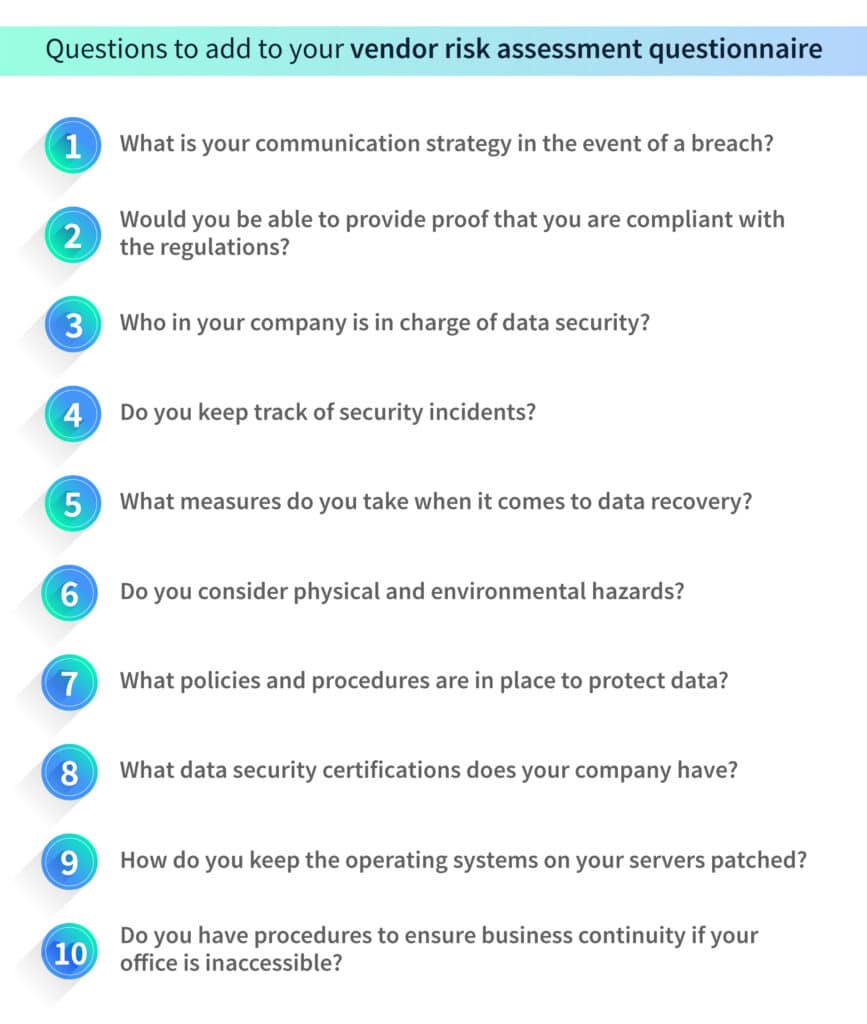
3. Analyze vendor risk profiles
Once all your vendors have filled out the questionnaire, you will have an idea of the kind of risks they pose. Conduct a detailed analysis of each vendor’s risk profile by reviewing their security practices, financial reports, audit results, and compliance certifications.
Assess potential risks such as data breaches, service disruptions, compliance failures, financial instability, and legal or regulatory issues.
4. Categorize vendors based on their risk profiles
After you’ve analyzed the risk profiles of your vendors, assign scores based on the levels of risk they pose. Higher risk scores should be assigned to vendors who have access to sensitive data, critical infrastructure, or those involved in key operational processes.
Vendors should be categorized based on their criticality and potential impact on your organization.
It is a good idea to avoid engaging with vendors whose questionnaires revealed poor security measures.
5. Develop risk mitigation strategies
The final step is to develop risk mitigation strategies for the vendor categories that you created. This may involve implementing security controls, conducting security assessments, establishing performance metrics, defining contractual obligations related to security and compliance, and conducting regular audits.
Recommended practices for effective vendor risk assessment
There are a few best practices that can help make your vendor risk assessment strategy even better. We’ve listed them below.
Promote vendor communication and education
It is necessary to encourage open and continuous communication with vendors to ensure a collaborative approach to risk assessment.
You could share security expectations, incident response plans, and updates on regulatory compliance with your vendors to have them on the same page as your organization.
You could also educate your vendors by providing them with resources to enhance their understanding of security best practices and industry-specific compliance requirements.
Assess vendors regularly
Implementing processes for continuous monitoring and evaluation of vendor performance is an effective way of preventing vendor risks. Conducting periodic reviews, audits, and assessments to detect emerging risks ensures continuous compliance and addresses any deviation from agreed-upon security standards.
Involve vendors in incident response plans
By collaborating with vendors to develop incident response plans in the event of a breach, you can reduce the risk of supply chain attacks. You must define clear roles and responsibilities with your vendors to ensure an effective response to security incidents or breaches.
How can Scrut help in vendor risk assessment?
Scrut can assist you in evaluating, monitoring, and managing vendor risks. It helps in understanding your vendors’ security postures and determining if they meet your organization’s security standards and compliance requirements.
The tool manages vendor security from onboarding to offboarding. It assesses vendors, evaluates vendor-related risks, and mitigates them.
It assists you in streamlining your vendor compliance tests with security questions. You can design your questionnaire or use one of our pre-made templates, as shown in the screenshot below.
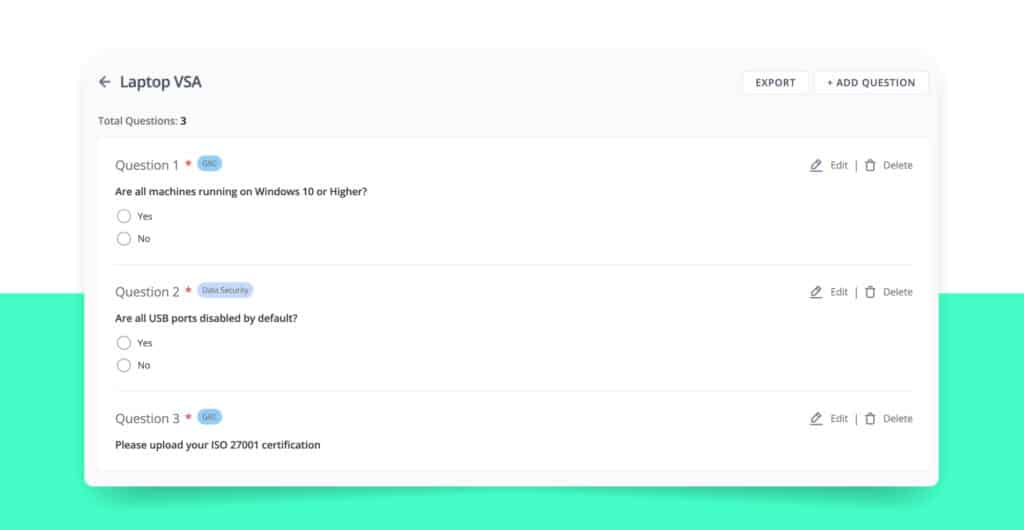
The platform allows you to identify, evaluate, and track vendor risks that your company faces in a single window. It speeds up the assessment of your vendors’ security postures by 70% and determines whether they meet your organization’s compliance standards.
Scrut is the central repository for all vendor security information, including certificates, audits, and paperwork, as shown in the screenshot below. It also allows you to easily share vendor responses with customers and auditors.
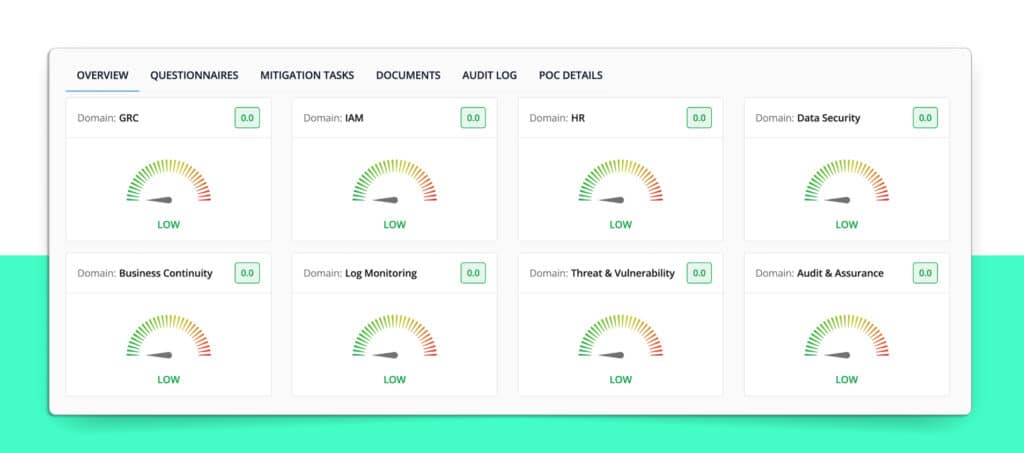
You can easily compare vendors to find the lowest-risk business partner or create a risk security strategy based on vendor risk categories.

Conclusion
Vendor risk assessment plays a crucial role in safeguarding organizations from potential security threats and vulnerabilities associated with vendor services. By conducting comprehensive assessments, your organization can identify and mitigate risks related to data breaches, service disruptions, compliance failures, and reputational damage.
Using a tool like Scrut can help boost your organization’s security assessment strategies by efficiently and effectively identifying, evaluating, and monitoring vendor risks. Schedule a demo today to learn more.
FAQs
Vendor risk assessment is the systematic process of identifying and evaluating the potential risks associated with engaging third-party vendors.
A vendor risk assessment questionnaire is a form that requires vendors to detail their security measures in order to assess the potential risks they could pose to an organization.
1. Identify types of risks
2. Create a vendor risk assessment questionnaire
3. Analyze vendor risk profiles
4. Categorize vendors based on risk profiles
5. Develop risk mitigation strategies
